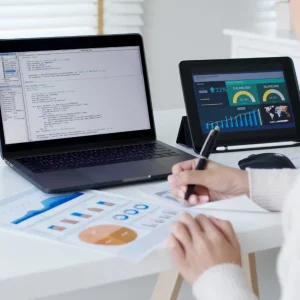
Spending on devices is falling in 2016 as IT budgets move to software and services.
Device spending will fall 5.3 percent in 2016 compared to 2015, according to Gartner’s Worldwide IT Spending Forecast, from around $662 billion to $627 billion.
Meanwhile software spending is forecast to rise 5.8 percent, while IT services spending rises 3.7 percent.
The IT services spending was a reversal of the previous year’s trend; in 2015 it declined 3.4 percent. However, software spending was an acceleration in growth from the previous year, where it grew 1.1 percent.
Gartner attributed the decline in device spending partly to economic issues in Russia, Japan and Brazil which are holding back demand.
In addition, Gartner claimed that the upgrading of old devices to Windows 10 was persuading consumers to use older PCs for longer.
Meanwhile, the growth in software spending was said to be coming from North America, responsible for just under half of the $24 billion increase. Customer relationship management (CRM) software was said to be the fastest growing market.
Japan was the fastest-growing region for IT services spending, with growth of 8.9 percent.
In other areas, there was a 2 percent increase in spending on data centre systems and a 1.4 percent decrease in spending on communications services.
Overall, spending was flat in 2016, after dropping 5.5 percent in 2015.
"2016 marked the start of an amazing dichotomy," said John-David Lovelock, research vice president at Gartner. "The pace of change in IT will never again be as slow as it is now, but global IT spending growth is best described as lacklustre. 2016 is the year that business focus turns to digital business, the Internet of Things and even algorithmic business.
"To fund these new initiatives, many businesses are turning to cost optimisation efforts centering around the new digital alternatives (for example, SaaS instead of software licenses, voice over LTE [VoLTE] instead of cellular and digital personal assistants instead of people) to save money, simplify operations and speed time to value.
"It is precisely this new breadth of alternatives to traditional IT that will fundamentally reshape what is bought, who buys it and how much will be spent."






